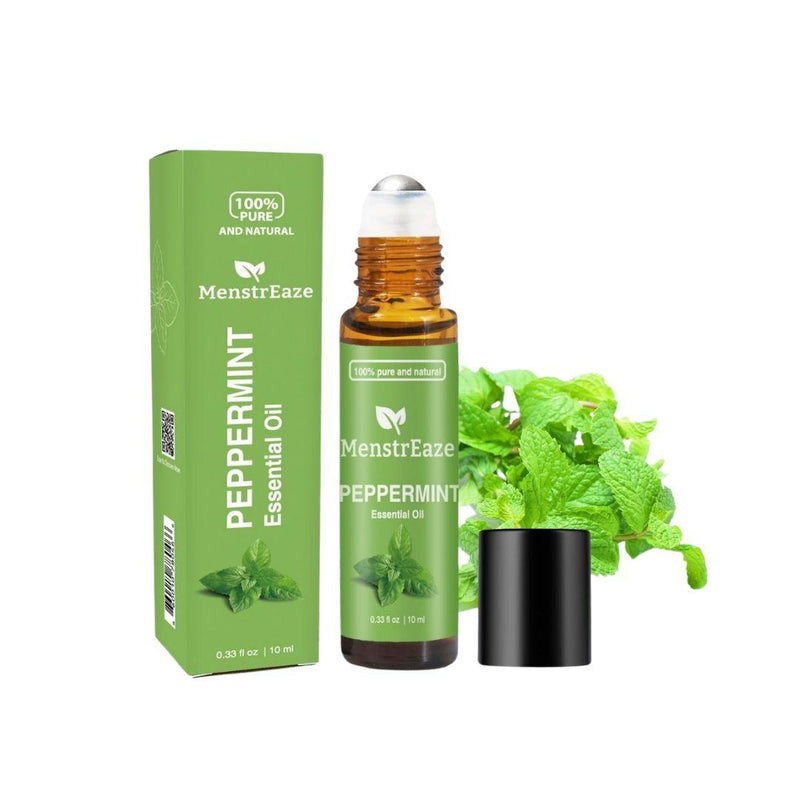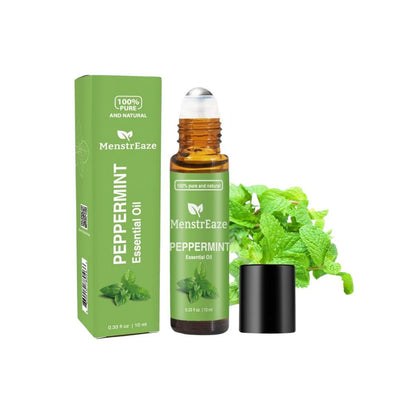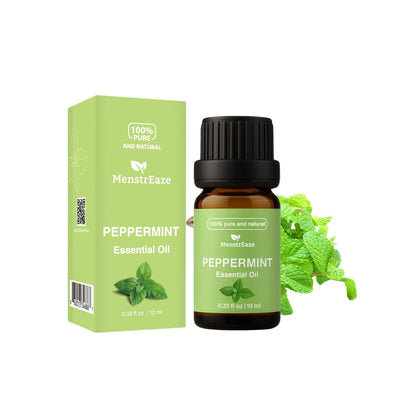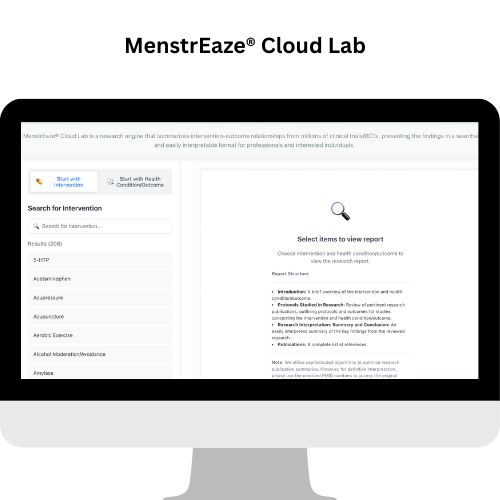In the quest for natural and effective pain management, many individuals turn to essential oils, and among them, peppermint oil stands out for its well-documented properties. The convenience of a peppermint oil roller makes it an appealing option for targeted relief, offering a soothing application directly to areas of discomfort. But beyond anecdotal evidence, what does scientific research say about using peppermint oil for pain? This comprehensive guide delves into the mechanisms, applications, and scientific backing for using a peppermint oil roller, ensuring you have trustworthy information to make informed decisions.
Understanding Peppermint Oil's Pain-Relieving Mechanisms
Peppermint oil (PMO) is derived from the peppermint plant (Mentha piperita) and is renowned for its distinctive aroma and cooling sensation. Its primary active component, menthol, is largely responsible for its therapeutic effects. Research indicates that menthol can influence various physiological processes, contributing to pain relief and other benefits.
Antispasmodic and Gastrointestinal Benefits
One of the most well-established uses of peppermint oil is for gastrointestinal issues, particularly abdominal pain and cramping. Studies have shown that peppermint oil can reduce myogenic activity and contractions in the human colon, acting as an antispasmodic agent [4]. This mechanism helps to relax the smooth muscles of the digestive tract, alleviating spasms that contribute to pain.
For individuals with functional abdominal pain, peppermint oil is even considered a first-line antispasmodic substance [5]. Its efficacy in improving symptoms of Irritable Bowel Syndrome (IBS) has been noted in meta-analyses, though evidence certainty can vary [3]. The systemic concentration of menthol derived from peppermint oil has been associated with effects on gut transit and contractility [1]. Furthermore, peppermint oil is among the antispasmodics currently undergoing clinical trials for gastric and intestinal cramping pain, and fixed-dose combinations are being explored for synergistic effects [10]. Its increasing integration into medical guidelines for gastroenterological diseases underscores its growing acceptance based on scientific data [6].
Analgesic and Topical Anesthetic Effects
Beyond the gut, peppermint oil demonstrates significant analgesic (pain-relieving) properties. A randomized clinical trial comparing 0.2% peppermint oil with lignocaine spray as a topical anesthetic in children prior to dental procedures found that peppermint oil was effective in reducing pain perception [7]. This suggests its utility as a localized pain reliever when applied topically.
The pain-relieving effects of peppermint oil extend to systemic applications as well. A study on patients recovering from lumbar discectomy surgery revealed that the inhalation of peppermint oil significantly reduced both pain and anxiety levels post-operatively [9]. While this study focused on inhalation, it highlights menthol's ability to influence pain perception more broadly, which can be relevant to topical absorption from a peppermint oil roller.
Targeted Relief: Using a Peppermint Oil Roller for Specific Pains
The convenience and direct application of a peppermint oil roller make it ideal for various types of localized pain. Here’s how it can be applied based on its known properties:
Peppermint for Headaches and Migraines
While the researches do not directly study topical peppermint oil for headaches specifically, the analgesic and anti-inflammatory properties of menthol, as demonstrated in other pain contexts, suggest its potential. The cooling sensation menthol provides can be particularly soothing for tension headaches. When applied to the temples and forehead, the oil may help to alleviate discomfort through its local anesthetic effect [7] and by potentially influencing local blood flow and nerve signals. The reduction in general pain levels observed with peppermint oil inhalation [9] also supports its broader analgesic potential. For those seeking relief from peppermint for headaches, a roller can be a simple, non-invasive option.

Muscle Aches and Joint Discomfort
For sore muscles or localized joint pain, a peppermint oil roller can provide a refreshing and potentially pain-reducing effect. The menthol creates a cooling sensation that can distract from pain and may help to relax tense muscles. Its topical anesthetic properties, as shown in dental applications [7], suggest it can directly reduce localized pain perception. Applying the roller directly to the affected area allows for targeted absorption, making it a popular choice for post-exercise soreness or general body aches.
Abdominal Pain and Digestive Spasms
Given peppermint oil's strong evidence as an antispasmodic for gastrointestinal pain, using a peppermint oil roller on the abdomen can offer topical relief for cramping and discomfort. While oral enteric-coated capsules are typically used for systemic IBS management [3], topical application may still provide a localized soothing effect by influencing surface nerve endings and potentially allowing for some transdermal absorption of menthol. This can be a gentle way to address mild digestive upset or bloating, complementing other approaches for peppermint oil for pain in the gut.
Safe and Effective Use of Your Peppermint Oil Roller
To maximize the benefits of your peppermint oil roller while minimizing risks, consider the following best practices:
Dilution is Key
Most commercial peppermint oil rollers are pre-diluted with a carrier oil (like jojoba, almond, or fractionated coconut oil). This is crucial because undiluted peppermint essential oil can be very potent and may cause skin irritation. Always ensure your roller contains a proper dilution.

Patch Testing
Before applying the roller to a larger area, perform a patch test. Apply a small amount to an inconspicuous area of skin (e.g., inner forearm) and wait 24 hours to check for any adverse reactions like redness, itching, or irritation. This is especially important for individuals with sensitive skin.
Application Points
- Headaches: Roll gently across the temples, forehead (avoiding eyes), and the back of the neck.
- Muscle Aches: Apply directly to the sore muscle groups, such as shoulders, neck, back, or legs.
- Abdominal Pain: Roll in a clockwise direction over the abdomen, particularly around the naval area.
- General Pain: Apply to pulse points or areas of localized discomfort.
Frequency and Storage
Use the roller as needed, but avoid excessive application. A few passes over the area of concern are usually sufficient. Store your peppermint oil roller in a cool, dark place away from direct sunlight to preserve its potency and extend its shelf life.
Considerations for Specific Populations
While peppermint oil has been studied in children for conditions like functional abdominal pain [1] and as a topical anesthetic [7], its use in infants and young children, especially topically, requires caution and often medical supervision. Some nutraceuticals, including herbal extracts, are explored for pediatric pain disorders, but clinical trials can be limited [8]. Always consult with a healthcare professional before using essential oils on children or if you are pregnant, breastfeeding, or have underlying health conditions.
The Science of Trust: What the Research Tells Us
The body of evidence supporting the use of peppermint oil for pain is growing, particularly in specific areas. We've seen its efficacy as an antispasmodic for gut issues [4], its potential as a topical anesthetic [7], and its ability to reduce pain and anxiety when inhaled [9]. While some nutritional interventions, including peppermint oil, show beneficial effects for IBS symptoms, some studies indicate small effects and low to very low evidence certainty [3]. This highlights the importance of continued research to solidify its role across various pain conditions.
The fact that peppermint oil is being evaluated in clinical trials for gastrointestinal cramping pain [10] and is recognized in some medical guidelines for phytotherapeutic approaches in gastroenterology [6] lends further credibility to its therapeutic potential. While a peppermint oil roller offers a convenient and accessible application method, it's essential to approach its use with an understanding of its scientifically supported benefits and limitations.

Conclusion
A peppermint oil roller can be a valuable addition to your pain management toolkit, offering a natural and convenient way to address various types of discomfort. Its active component, menthol, has demonstrated antispasmodic, analgesic, and topical anesthetic properties, supported by a growing body of scientific research. Whether you're seeking relief from muscle aches, digestive cramps, or exploring options for peppermint for headaches, the targeted application of a peppermint oil roller provides a soothing and potentially effective solution.
Always prioritize safety by ensuring proper dilution, conducting patch tests, and consulting with a healthcare professional, especially if you have underlying health conditions or are considering its use for children. By understanding the evidence-based applications and limitations, you can confidently integrate a peppermint oil roller into your holistic approach to pain relief, harnessing the power of this remarkable natural remedy.










